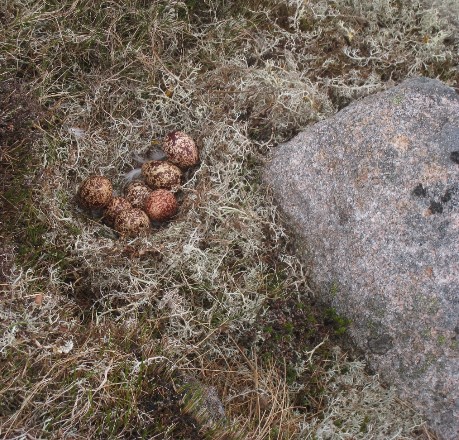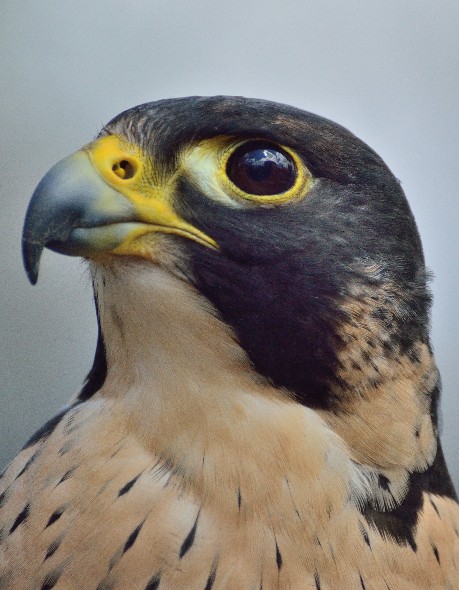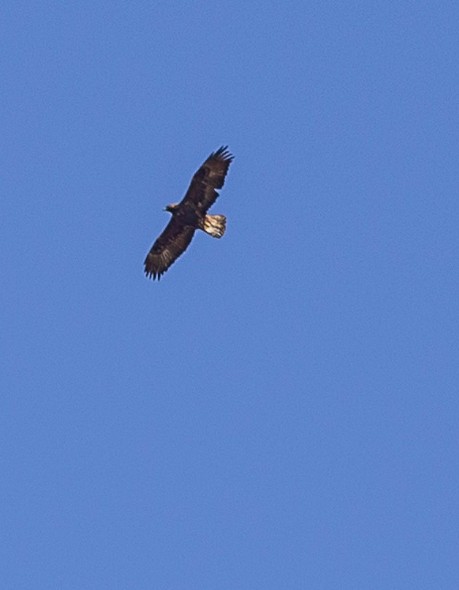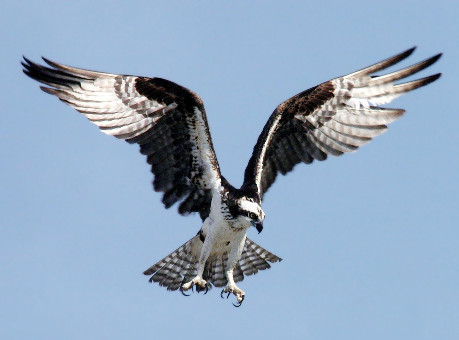For many species of bird, the crag is their home. Climbers generally coexist without detriment to the birds’ breeding success, and it is egg collectors, unscrupulous gamekeepers, chick thieves, over-zealous birdwatchers and photographers who cause the greatest harm.
However, without care, climbers may inadvertently contravene parts of the law, particularly regarding rarer birds such as peregrine falcons and eagles, which benefit from special protection. As users of the countryside we should always strive to help protect it, and the wildlife in it, by acting responsibly and by helping to prevent wildlife crime.
The timescales for bird nesting are usually within the period of early February to end of July.
Ground-nesting birds of all species will cope instinctively with the passage of walkers in the same way they cope with potential predators. As long as walkers do not remain in the area of the nest, but continue walking, the birds will either remain on the nest or will return quickly.
If out with your dog during the bird breeding season, you can reduce the likelihood of disturbing ground nesting birds by keeping your dog on a short lead or under close control in areas where nesting birds may be found. These areas include moorland, forests, grasslands, loch shores and the seashore.
If wild camping in the Scottish mountains during the breeding season, before deciding on a pitch site, look for signs of nesting birds.

Ptarmigan eggs on a nest.
Climbers visiting any crag in Scotland should make efforts beforehand to find out if there are Schedule 1 birds in residence on the crag they intend to visit.
If you visit a crag not listed as having specific advice, but then notice bird nesting activity, particularly for a Schedule 1 bird, then the guidance below will help you decide what to do. Your choice of what to do will depend on a combination of the factors outlined below.

Peregrine falcon.

Assess if your presence will be detrimental based on the following factors:
It is an offence to interfere with the nest of any wild bird, or obstruct a bird from using it, either intentionally or recklessly.
It is NOT an offence to disturb most birds, however it is important that climbers follow some basic guidance in order to minimise disturbance to allow both birds and climbers to continue to coexist, and make sure we are not breaking the law. Your access rights also depend upon exercising those rights “responsibly.”
More detailed guidance is available here, as agreed with all relevant agencies.

Osprey in flight
Hill walkers and climbers should report any suspected incidents of wildlife crime to Police Scotland as soon as possible on 101 for historical incidents or 999 for ongoing incidents where there is a risk to property or health. Take a note of the time and location of the incident and description of any suspects. Do not approach suspects as you may put yourself at risk.
Most Divisions of Scotland's one Police Force have Wildlife Liaison Officers assigned to deal with wildlife crime. The following link to PAW Scotland contains a lot more information on wildlife crime including a section on bird crime, see http://www.gov.scot/Topics/Environment/Wildlife-Habitats/paw-scotland.